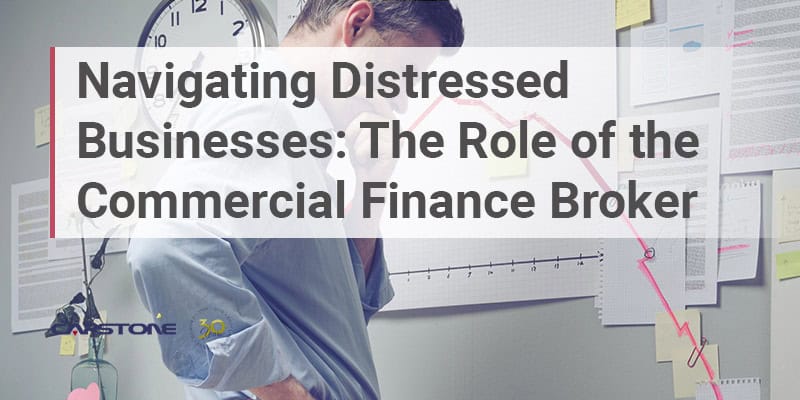“Cash flow is the lifeblood of any business,” according to PNC Bank’s Shana Peterson-Sheptak, Head of Business Banking. It flows through the segments of your business from your bank account to purchase inventory, manufacture/distribute products or provide services, invoicing, accounts receivable, and collections back to cash, where the cycle starts over again.
The number of transactions and the speed at which they are converted determines the sales, profits, cash flow, and working capital generated by a business. This flow of cash through business transactions is referred to as the Cash Conversion Cycle.
Cash Conversion Cycle
The Cash Conversion Cycle (CCC) is a financial metric that measures how efficiently a company manages its cash flow and working capital. It shows the length of time a business takes to convert inventory or services to cash. A shorter CCC generally indicates more efficient cash flow and working capital management. The benchmark for a CCC varies by industry, so be sure to compare your business’s CCC with the CCC for your industry.
Importance of the Cash Conversion Cycle
A shorter CCC indicates that a business is more efficient at turning its inventory and converting accounts receivable into cash. This directly impacts profitability, liquidity, and working capital. It indicates there is greater financial stability and growth potential.
On the other hand, an extended CCC could signal that a company is struggling with cash flow and working capital management, and may face financial challenges in the future. It could also indicate that the business has slow inventory turnover and/or delayed customer payments.
Calculating the Cash Conversion Cycle
The CCC has three components: DIO, DSO, and DPO.
- DIO is Days Inventory Outstanding (or on hand). This measures the number of days it takes a business to sell its inventory at the current rate of sales. A lower DIO indicates that a business is selling its inventory quickly and does not have cash tied up in slow-moving inventory.
- DSO is Days Sales Outstanding. This measures the average number of days it takes for a business to collect payment from its customers. A lower DSO indicates that a business is collecting payments from its customers on a timely basis and does not have cash tied up in slow-paying or uncollectible accounts.
- DPO is Days Payable Outstanding. This measures the average number of days it takes for a business to pay its suppliers. A higher DPO indicates that a business is taking longer to pay its suppliers, which can improve cash flow.
The formula for calculating CCC is: CCC = DIO + DSO – DPO.
For example, if your business has a DIO of 60 days, DSO of 60 days, and DPO of 60 days, then its CCC = 60 days + 60 days – 60 days = 60 days.
In other words, it takes your business 60 days to complete the CCC. A reduction in the CCC will increase your business’s profitability, liquidity, and working capital.
How to Reduce and Improve the Cash Conversion Cycle
To reduce and improve your business’s CCC, start by looking at the components of CCC for insurance in spokane. In simple terms, reducing DIO and DSO and increasing DPO will reduce and improve your CCC. Some suggestions to improve each component include:
- DPO: Negotiate longer payment terms with suppliers that don’t negatively affect your relationships or have an adverse impact on price, quality, or service. Increasing DPO reduces CCC as it’s a negative number in the CCC calculation. It results in increased cash flow since the cash needed to pay vendors is spread over a longer period of time.
- DIO: Reduce the number of days of inventory on hand by shortening your supply chain. Improve sales forecasting and inventory management to better balance demand with supply requirements. A decrease in DIO reduces CCC because it decreases the amount of cash that is tied up in inventory.
- DSO: Reduce the number of days sales outstanding tied up in accounts receivable to increase cash flow and working capital. Consider offering a cash discount for early payment to accelerate cash flow. Upgrade to automated invoicing to reduce the time to process invoices and decrease invoice errors that can delay payment. Use invoice factoring to convert outstanding accounts receivable into immediate cash.
Invoice Factoring Reduces DSO and CCC
For many businesses, the fastest and easiest solution to reducing DSO and CCC and improving cash flow is invoice factoring.
With invoice factoring, businesses sell their outstanding invoices to a factoring company. Instead of waiting 60+ days to be paid by their customers, businesses can convert their unpaid accounts receivable into immediate cash and ongoing working capital, which can then be used to pay employees and operating expenses and purchase materials and inventory.
Unlike traditional loans, nonrecourse invoice factoring is not a debt because you are selling your accounts receivable to the factoring company. The process is simple and the credit requirements are much easier to meet than a loan. Approval is based primarily on the credit strength of your customers, not your business’s credit profile. It is a fast and flexible way for businesses to accelerate their cash flow
The CCC is an important metric for businesses to manage and optimize their cash flow and working capital. Understanding the components of the CCC and how to calculate it, can help you identify areas for improvement and implement strategies to accelerate and increase cash flow and generate working capital.
Capstone has the experience and resources to custom-tailor a nonrecourse invoice factoring program to provide the cash flow and working capital you need to grow your business. Contact Capstone to learn how we can help you reduce your CCC and increase cash flow and working capital.




